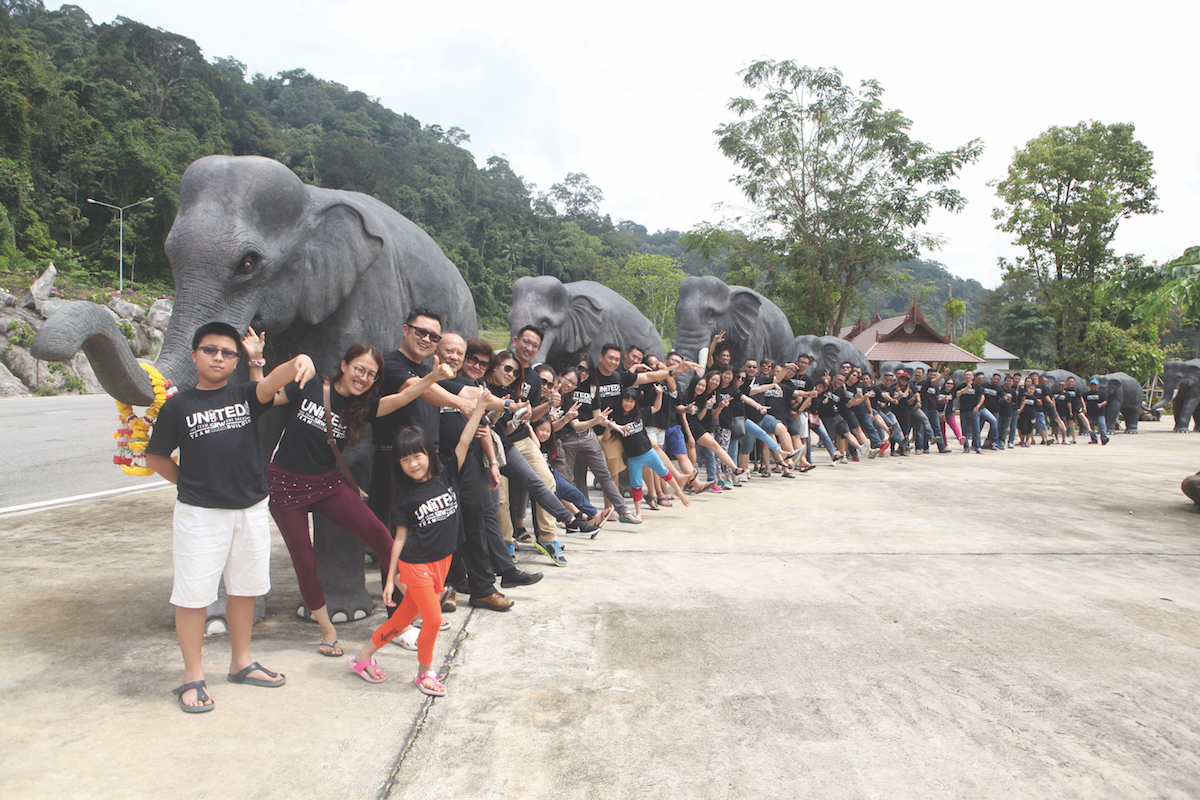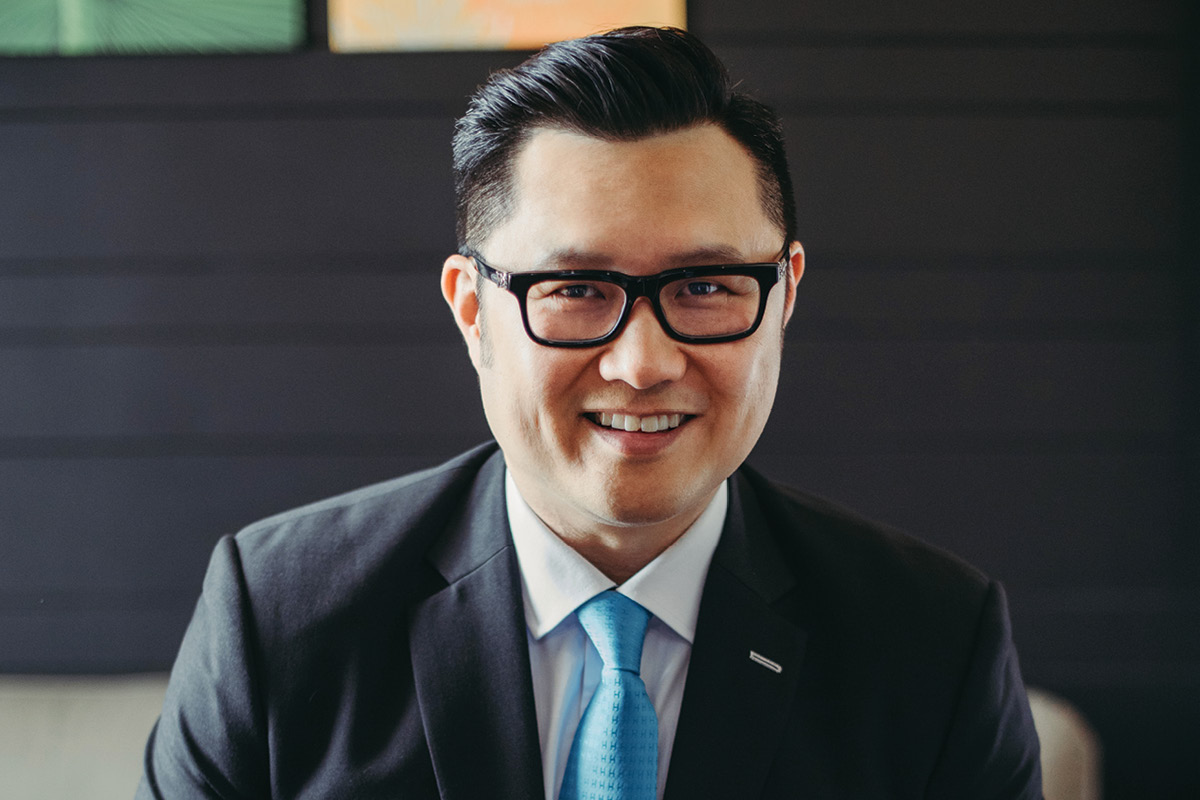Not everyone has aspirations to become a leader. But what happens when the position is thrust upon you, as in the case of Simon Kang, Managing Director of Suriwong Trading Sdn Bhd?
He took charge of the Malaysia-based industrial and agricultural hardware wholesaler following the death of his father-in-law in 2004. “I had to take on a very heavy responsibility because I no longer had a close mentor,” Simon says. “I ended up having to work out for myself how I was going to bring the company to another level, to expand the business.” He tells The CEO Magazine what he has learned.
The CEO Magazine: How did you first end up in the hardware business? Was it a natural progression or did you get there by accident?
Simon: It was totally by accident. I didn’t plan on being a hardware guy. I was studying an electrical and electronics engineering degree for three years. After those three years, I found out there weren’t many opportunities for me, so I changed careers and became a salesman.
Three years after that, I decided to do my own business, so when my father-in-law said he wanted to run a hardware business, that’s when I made the decision.
What was it like learning about a completely new industry?
It was challenging, but it was a great learning experience because I started from zero. I had no knowledge about hardware products. I had zero knowledge about the customers. I also had no existing suppliers, so I had to go out and find them myself.

We started with importing products from China and Thailand, but we eventually concentrated only on Thailand because at the time I had no experience dealing with Chinese manufacturers, and I was more comfortable dealing with Thai manufacturers. That is how we started. Suriwong now promotes a lot of Thai products.
Why did you find dealing with Thai importers easier than ones from China?
My educational background was at a Malay school, so it wasn’t Chinese-specific and I didn’t pick up Mandarin. Also, sometimes the quality of the product delivered from Chinese manufacturers was not up to the standard that we expect; that makes the products very difficult to promote here in Malaysia. So we ended up moving to Thai manufacturers because we found it easier to communicate with them.
What is your approach to leading people within your business?
To be frank, I don’t see myself as a very good leader. But I’m doing my best to learn how to be a good manager and be a good colleague because I don’t want people thinking that I have the final decision on everything. I believe I should be empowering them to make their own decisions. The company runs more smoothly that way.
Leadership should also be based around honesty. It’s easy to learn about leadership from books and theory, but in real life it’s very different. Every business has its own environment, culture, people, behaviours. To properly account for all of that, honesty is very important.
Is learning from scratch something you would recommend?
I don’t say I would recommend it, but I would encourage that whatever opportunity comes along you should try your best to make it work. It doesn’t mean that everybody should start from scratch. For some people, it’s pre-planned.
They’re fortunate that they have an older generation that has built a solid foundation in the business, so the next generation might as well take the opportunity and grow and expand the business.
Regardless of the situation, being involved in entrepreneurship is always challenging. There will always be problems, and every day there is always a hassle. You just need to be very determined and persevere.
What other important lessons would you pass on to business owners based on your experience?
I would say we are very disciplined in managing our finance. We don’t spend unnecessarily. That’s why we are very careful, and the resources that we have are reinvested into the business. Then we can expand into different areas. For us, if we need to grow around US$1 million in sales, we need to have US$5 million of capital.



